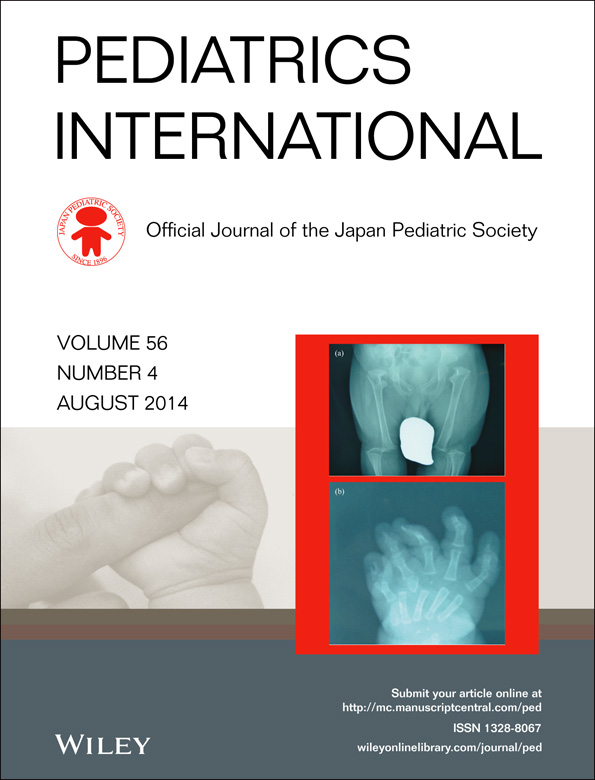Facial palsy as an unusual presenting symptom associated with acute myeloid leukemia
Abstract
Extramedullary infiltration is common in acute myeloid leukemia (AML) patients. Although AML can cause neurological symptoms, especially when associated with extramedullary infiltration, a presenting manifestation of facial palsy is rare. We report on a 1-year-old boy who developed right facial palsy. Detailed examination led to a diagnosis of AML (French–American–British classification M1). Magnetic resonance imaging enhanced with gadolinium-diethylenetriamine penta-acetic acid showed abnormal enhancement of the right facial nerve, which disappeared after chemotherapy. AML should be considered as a differential diagnosis of facial palsy. Enhanced magnetic resonance imaging may be useful for diagnosing facial palsy associated with AML and for evaluating treatment outcome.




